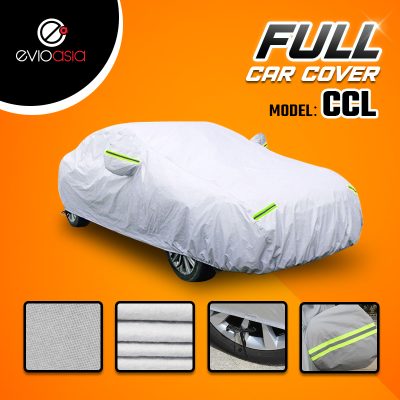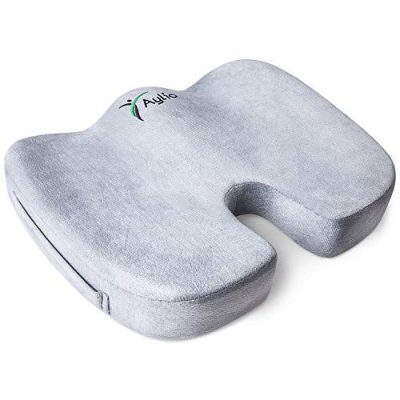Choosing between a gel and foam seat cushion depends on your specific needs, preferences, and the level of support and comfort you require. Both types of seat cushions have their own advantages and drawbacks. Here’s a comparison to help you decide which one might be right for you:
Gel Seat Cushions:
- Cooling Effect: Gel seat cushions are known for their cooling properties. The gel material dissipates heat, making them suitable for those who tend to get hot or sweat while sitting for extended periods.
- Pressure Distribution: Gel cushions distribute weight evenly, which can reduce pressure points and provide relief from discomfort, especially for individuals with chronic pain or conditions like sciatica.
- Shock Absorption: Gel cushions are effective at absorbing shock and vibrations, making them a good choice for use in vehicles, on rough surfaces, or during activities that involve impact.
- Durability: Gel seat cushions are durable and can maintain their supportive properties over time.
- Maintenance: Gel cushions are generally easy to clean and maintain. Some have removable covers that can be washed.
- Customizable Comfort: Some gel cushions allow you to adjust the level of firmness or support by adding or removing gel inserts.
Drawbacks of Gel Seat Cushions:
- Weight: Gel cushions can be heavier than foam cushions, making them less portable.
- Firmness: Gel cushions tend to be firmer compared to foam cushions. While this may provide good support, it may not be as comfortable for some users.
- Price: Quality gel cushions can be more expensive than foam cushions.
Foam Seat Cushions:
- Comfort: Foam seat cushions, especially memory foam, provide a plush and comfortable surface to sit on. They contour to your body’s shape, offering personalized comfort.
- Pressure Relief: Memory foam cushions evenly distribute weight, reducing pressure points and providing relief for individuals with pain or discomfort.
- Posture Support: Foam cushions, including orthopedic designs, can help maintain proper posture by supporting the natural curves of the spine.
- Versatility: Foam seat cushions come in various densities and shapes, allowing you to choose the one that suits your specific needs. They are versatile and can be used in various chairs and seating situations.
- Portability: Foam cushions are generally lighter and more portable than gel cushions, making them easier to transport.
Drawbacks of Foam Seat Cushions:
- Heat Retention: Some foam cushions can retain heat, which may be uncomfortable for those who tend to overheat while sitting.
- Durability: Lower-quality foam cushions may lose their shape and support over time, requiring replacement.
In summary, here are some general guidelines to help you choose:
- Choose a gel seat cushion if you prioritize cooling, shock absorption, and even weight distribution. Gel cushions are suitable for those with conditions like sciatica or who need relief from pressure points.
- Choose a foam seat cushion if you prefer personalized comfort, good posture support, and versatility. Memory foam cushions, in particular, are excellent for comfort and pressure relief.
Ultimately, the right seat cushion for you will depend on your individual preferences, the specific chair or seating situation, and any underlying health conditions or comfort requirements you may have. If possible, try out both gel and foam cushions to see which one feels more comfortable and supportive for your needs.




















